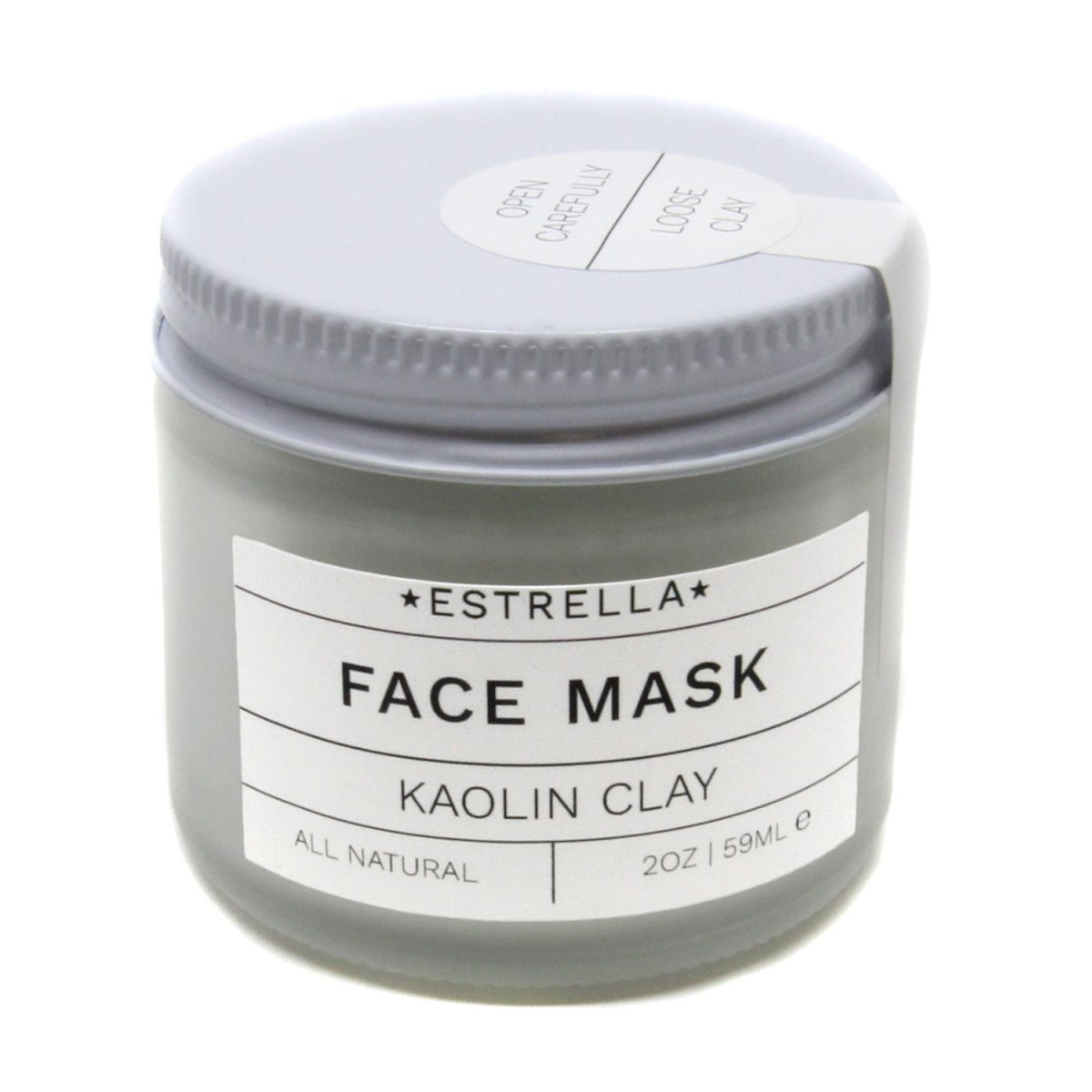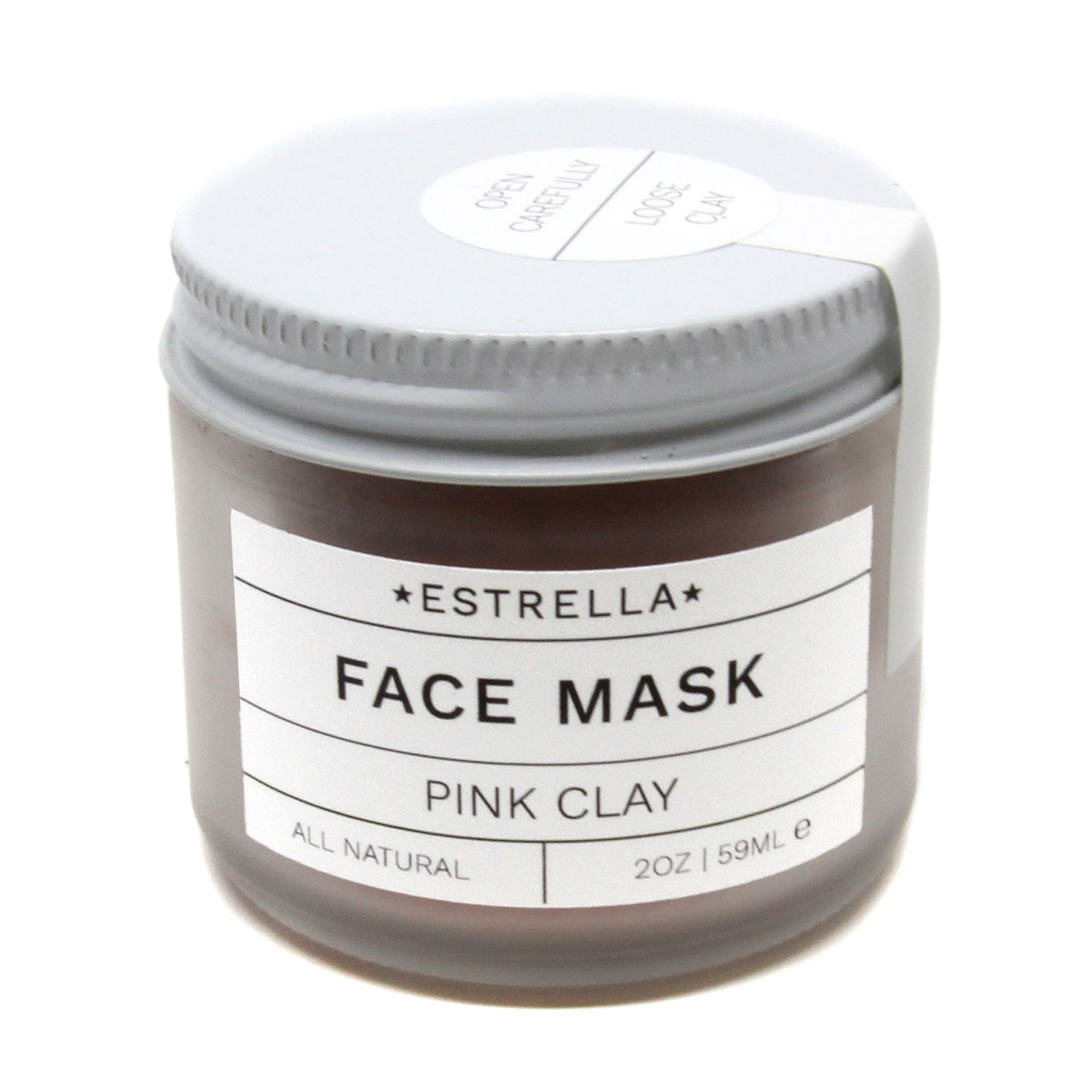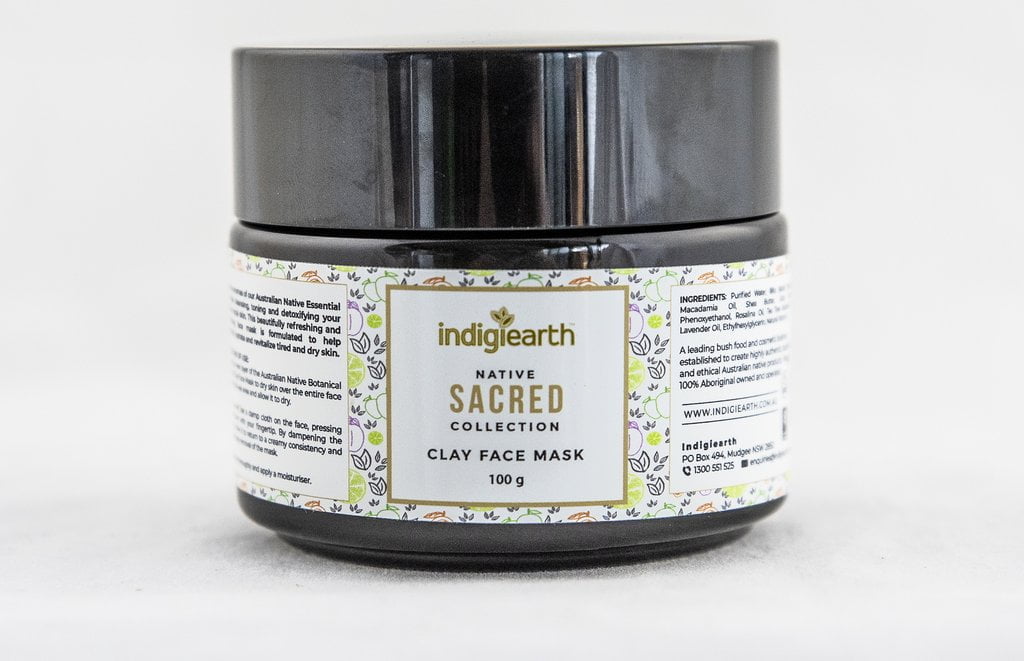Clay Face Mask: Your Ultimate Guide To Radiant And Healthy Skin
Clay face masks have become one of the most popular skincare treatments worldwide due to their powerful detoxifying properties. Whether you're battling oily skin, acne, or simply looking to refresh your complexion, clay face masks offer a natural solution for glowing skin. In this comprehensive guide, we will explore everything you need to know about clay face masks, from their benefits to the best products available on the market.
Skincare enthusiasts everywhere are turning to clay face masks as a way to achieve healthier, more vibrant skin. These masks are rich in minerals and have been used for centuries to cleanse and purify the skin. With so many options available, it’s essential to understand what makes clay face masks effective and how to choose the right one for your skin type.
In this article, we will delve into the world of clay face masks, uncovering their benefits, different types, and tips for using them effectively. Whether you're a beginner or a seasoned skincare expert, this guide will provide valuable insights to help you make informed decisions about incorporating clay face masks into your routine.
Read also:Dolly Ellis Oppenheimer A Comprehensive Guide To Her Life And Legacy
Table of Contents
- The Benefits of Using Clay Face Masks
- Different Types of Clay Face Masks
- How to Use Clay Face Masks Effectively
- How Often Should You Use Clay Face Masks?
- Best Clay Face Masks for Different Skin Types
- DIY Clay Face Mask Recipes
- Potential Side Effects of Clay Face Masks
- Tips for Maximizing Results with Clay Face Masks
- The Science Behind Clay Face Masks
- Conclusion: Why Clay Face Masks Are Worth It
The Benefits of Using Clay Face Masks
Clay face masks are renowned for their ability to cleanse and rejuvenate the skin. Below are some of the key benefits:
- Deep Cleansing: Clay masks penetrate deep into the pores to remove dirt, oil, and impurities.
- Detoxification: They help eliminate toxins from the skin, leaving it feeling refreshed and revitalized.
- Exfoliation: Clay masks gently exfoliate the skin, promoting cell turnover and a smoother complexion.
- Hydration: Some clay masks, such as kaolin clay, can hydrate the skin without adding excess oil.
- Acne Treatment: Clay masks are effective in reducing acne and preventing breakouts by controlling sebum production.
Research has shown that regular use of clay face masks can significantly improve skin texture and reduce the appearance of fine lines and wrinkles. According to a study published in the Journal of Cosmetic Dermatology, clay-based treatments enhance skin elasticity and firmness.
Different Types of Clay Face Masks
Bentonite Clay
Bentonite clay is one of the most popular types of clay used in skincare. It is highly absorbent and ideal for oily and acne-prone skin. Bentonite clay draws out impurities and excess oil, leaving the skin feeling clean and refreshed.
Kaolin Clay
Kaolin clay, also known as white clay, is gentle and suitable for all skin types, including sensitive skin. It helps to remove dead skin cells and provides mild exfoliation without irritation.
French Green Clay
French green clay is rich in minerals and is particularly effective for detoxifying the skin. It is often used to treat combination skin and can help balance oil production.
How to Use Clay Face Masks Effectively
To get the most out of your clay face mask, follow these steps:
Read also:Kirklin Clinic Birmingham Alabama A Premier Healthcare Destination
- Cleanse your face with a gentle cleanser to remove any makeup or dirt.
- Steam your face for a few minutes to open up your pores. You can do this by holding your face over a bowl of hot water.
- Apply the clay mask evenly over your face, avoiding the eye area.
- Leave the mask on for 10-15 minutes or until it dries completely.
- Rinse off the mask with lukewarm water and pat your face dry with a clean towel.
For best results, use a hydrating moisturizer after removing the mask to lock in moisture and maintain skin elasticity.
How Often Should You Use Clay Face Masks?
The frequency of using clay face masks depends on your skin type and concerns. As a general guideline:
- Oily Skin: Use clay masks 2-3 times per week to control excess oil and prevent acne.
- Normal Skin: Use once a week to keep your skin clean and refreshed.
- Dry Skin: Limit use to once every two weeks to avoid over-drying.
It’s important to listen to your skin and adjust the frequency as needed. Overusing clay masks can lead to dryness and irritation.
Best Clay Face Masks for Different Skin Types
For Oily Skin
Try the Aztec Secret Indian Healing Clay mask, which contains bentonite clay and is highly effective in controlling oil and reducing acne.
For Sensitive Skin
The L'Oreal Paris Pure-Clay Mask is a gentle option that uses kaolin clay to cleanse and soothe sensitive skin.
For Aging Skin
The Origins Clear Improvement Active Charcoal Mask combines activated charcoal with white clay to detoxify and firm the skin, reducing the appearance of fine lines.
DIY Clay Face Mask Recipes
If you prefer a more natural approach, here are some DIY clay face mask recipes:
Green Tea and Clay Mask
Mix 1 tablespoon of French green clay with 1 teaspoon of brewed green tea and apply to your face for a soothing and antioxidant-rich treatment.
Honey and Bentonite Mask
Combine 2 tablespoons of bentonite clay with 1 tablespoon of raw honey for a mask that hydrates and detoxifies the skin simultaneously.
Potential Side Effects of Clay Face Masks
While clay face masks are generally safe, some individuals may experience side effects. Common issues include:
- Dryness
- Irritation
- Redness
It’s advisable to perform a patch test before using a new clay mask to ensure you don’t have an allergic reaction. If you experience persistent discomfort, discontinue use and consult a dermatologist.
Tips for Maximizing Results with Clay Face Masks
Here are some tips to enhance your clay face mask experience:
- Always cleanse your face before applying the mask to ensure maximum effectiveness.
- Use lukewarm water to rinse off the mask to avoid shocking your skin with extreme temperatures.
- Moisturize immediately after removing the mask to lock in hydration.
- Consider incorporating other skincare products, such as serums, to complement the benefits of the clay mask.
The Science Behind Clay Face Masks
The efficacy of clay face masks lies in their mineral content and absorbent properties. Clays like bentonite and kaolin contain high levels of magnesium, calcium, and silica, which help to purify and nourish the skin. When applied to the skin, these clays draw out toxins and impurities, leaving the skin cleaner and healthier.
A study published in the Journal of Dermatological Science found that clay-based treatments can significantly improve skin barrier function and reduce inflammation. This makes clay masks an excellent choice for individuals with sensitive or acne-prone skin.
Conclusion: Why Clay Face Masks Are Worth It
Clay face masks are a powerful tool for achieving healthier, more radiant skin. With their ability to cleanse, detoxify, and exfoliate, they offer a range of benefits that cater to various skin types and concerns. By selecting the right type of clay mask and using it correctly, you can enhance your skincare routine and enjoy long-lasting results.
We encourage you to try incorporating clay face masks into your regimen and share your experiences in the comments below. Don’t forget to explore other articles on our site for more skincare tips and tricks. Together, let’s achieve the glowing skin we all desire!


